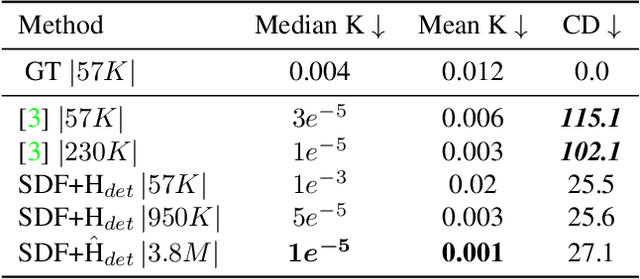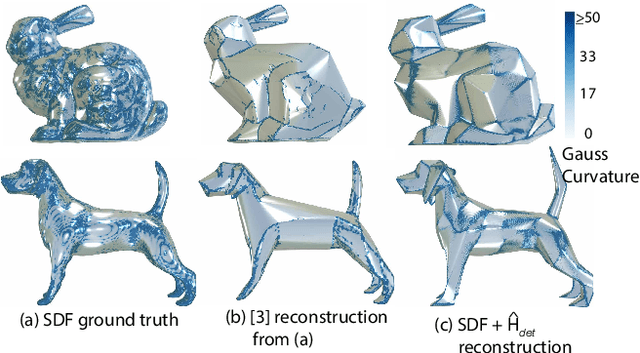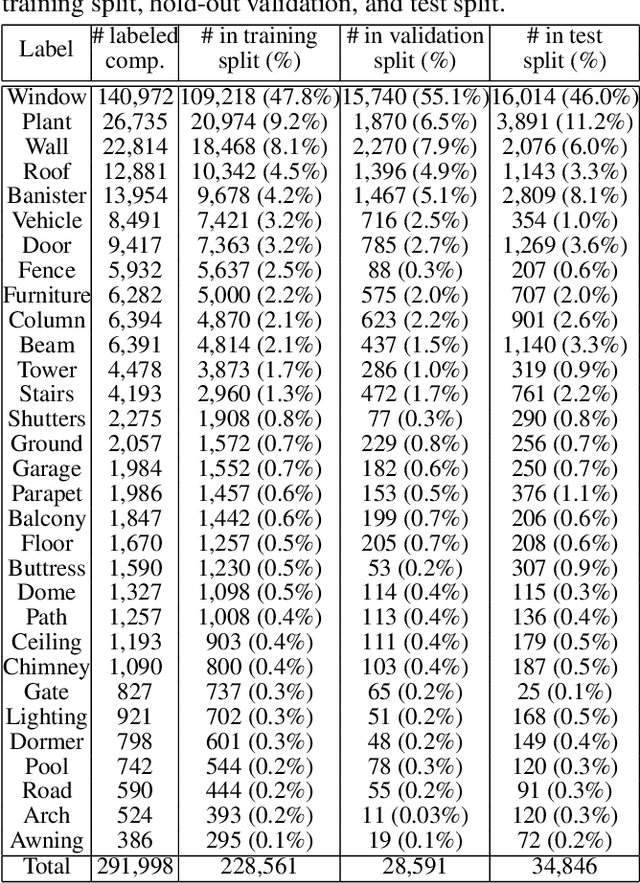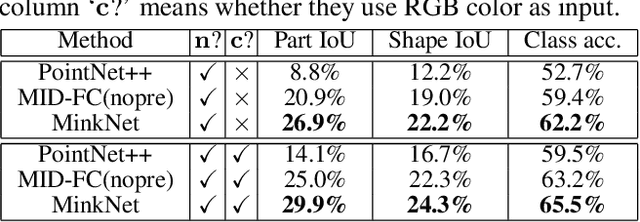Pratheba Selvaraju
OFER: Occluded Face Expression Reconstruction
Oct 29, 2024Abstract:Reconstructing 3D face models from a single image is an inherently ill-posed problem, which becomes even more challenging in the presence of occlusions. In addition to fewer available observations, occlusions introduce an extra source of ambiguity, where multiple reconstructions can be equally valid. Despite the ubiquity of the problem, very few methods address its multi-hypothesis nature. In this paper we introduce OFER, a novel approach for single image 3D face reconstruction that can generate plausible, diverse, and expressive 3D faces, even under strong occlusions. Specifically, we train two diffusion models to generate the shape and expression coefficients of a face parametric model, conditioned on the input image. This approach captures the multi-modal nature of the problem, generating a distribution of solutions as output. Although this addresses the ambiguity problem, the challenge remains to pick the best matching shape to ensure consistency across diverse expressions. To achieve this, we propose a novel ranking mechanism that sorts the outputs of the shape diffusion network based on the predicted shape accuracy scores to select the best match. We evaluate our method using standard benchmarks and introduce CO-545, a new protocol and dataset designed to assess the accuracy of expressive faces under occlusion. Our results show improved performance over occlusion-based methods, with added ability to generate multiple expressions for a given image.
FORA: Fast-Forward Caching in Diffusion Transformer Acceleration
Jul 01, 2024Abstract:Diffusion transformers (DiT) have become the de facto choice for generating high-quality images and videos, largely due to their scalability, which enables the construction of larger models for enhanced performance. However, the increased size of these models leads to higher inference costs, making them less attractive for real-time applications. We present Fast-FORward CAching (FORA), a simple yet effective approach designed to accelerate DiT by exploiting the repetitive nature of the diffusion process. FORA implements a caching mechanism that stores and reuses intermediate outputs from the attention and MLP layers across denoising steps, thereby reducing computational overhead. This approach does not require model retraining and seamlessly integrates with existing transformer-based diffusion models. Experiments show that FORA can speed up diffusion transformers several times over while only minimally affecting performance metrics such as the IS Score and FID. By enabling faster processing with minimal trade-offs in quality, FORA represents a significant advancement in deploying diffusion transformers for real-time applications. Code will be made publicly available at: https://github.com/prathebaselva/FORA.
Developability Approximation for Neural Implicits through Rank Minimization
Aug 14, 2023



Abstract:Developability refers to the process of creating a surface without any tearing or shearing from a two-dimensional plane. It finds practical applications in the fabrication industry. An essential characteristic of a developable 3D surface is its zero Gaussian curvature, which means that either one or both of the principal curvatures are zero. This paper introduces a method for reconstructing an approximate developable surface from a neural implicit surface. The central idea of our method involves incorporating a regularization term that operates on the second-order derivatives of the neural implicits, effectively promoting zero Gaussian curvature. Implicit surfaces offer the advantage of smoother deformation with infinite resolution, overcoming the high polygonal constraints of state-of-the-art methods using discrete representations. We draw inspiration from the properties of surface curvature and employ rank minimization techniques derived from compressed sensing. Experimental results on both developable and non-developable surfaces, including those affected by noise, validate the generalizability of our method.
BuildingNet: Learning to Label 3D Buildings
Oct 11, 2021



Abstract:We introduce BuildingNet: (a) a large-scale dataset of 3D building models whose exteriors are consistently labeled, (b) a graph neural network that labels building meshes by analyzing spatial and structural relations of their geometric primitives. To create our dataset, we used crowdsourcing combined with expert guidance, resulting in 513K annotated mesh primitives, grouped into 292K semantic part components across 2K building models. The dataset covers several building categories, such as houses, churches, skyscrapers, town halls, libraries, and castles. We include a benchmark for evaluating mesh and point cloud labeling. Buildings have more challenging structural complexity compared to objects in existing benchmarks (e.g., ShapeNet, PartNet), thus, we hope that our dataset can nurture the development of algorithms that are able to cope with such large-scale geometric data for both vision and graphics tasks e.g., 3D semantic segmentation, part-based generative models, correspondences, texturing, and analysis of point cloud data acquired from real-world buildings. Finally, we show that our mesh-based graph neural network significantly improves performance over several baselines for labeling 3D meshes.
 Add to Chrome
Add to Chrome Add to Firefox
Add to Firefox Add to Edge
Add to Edge